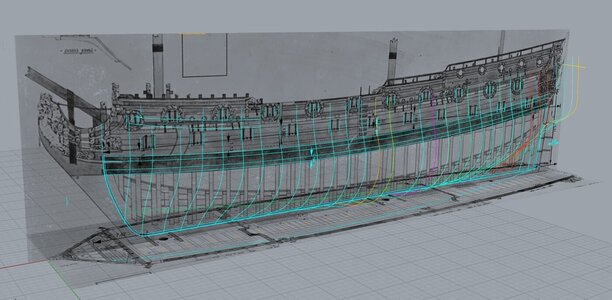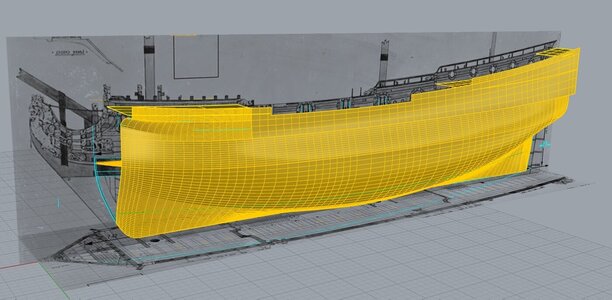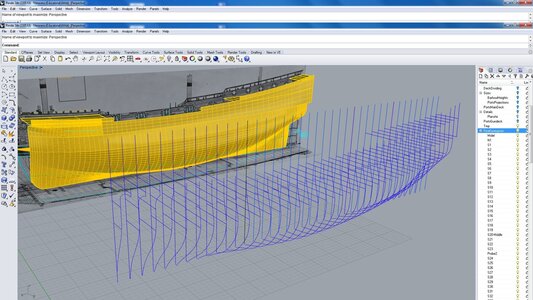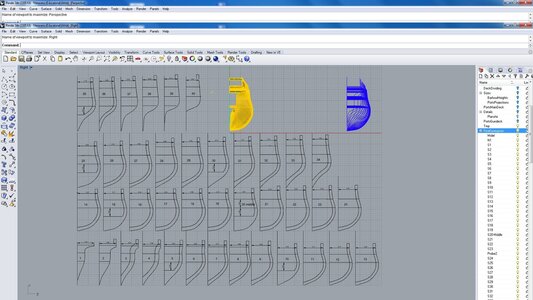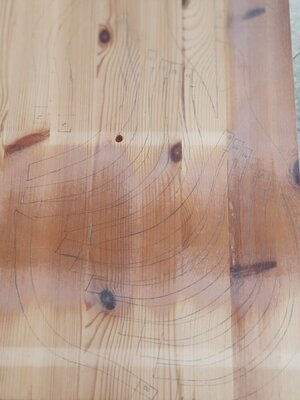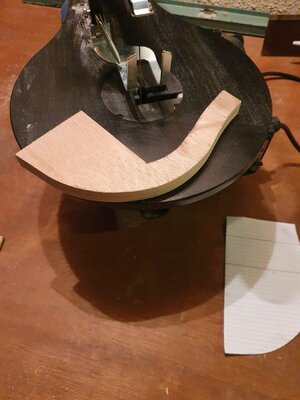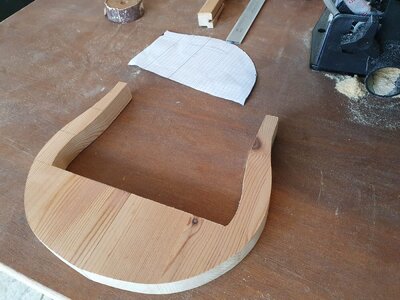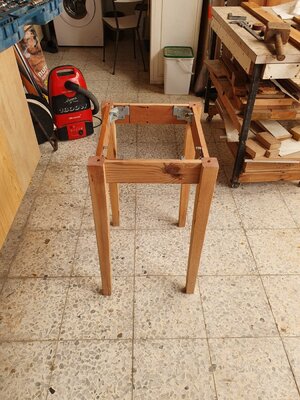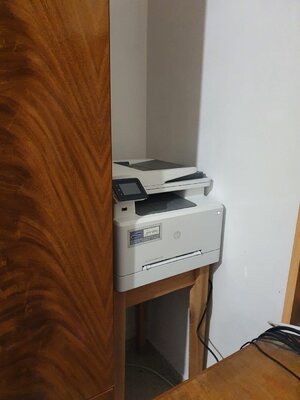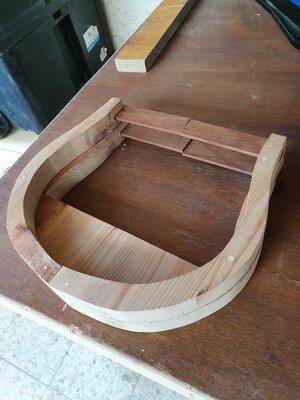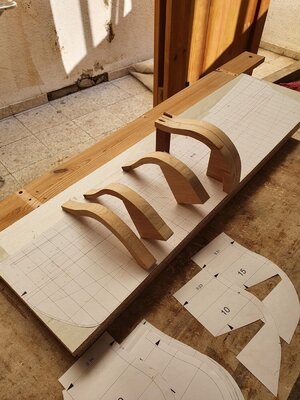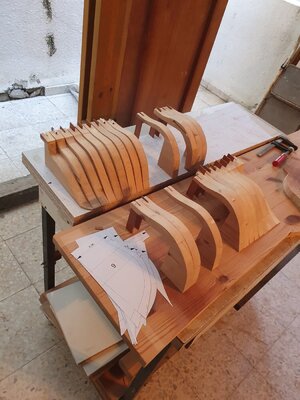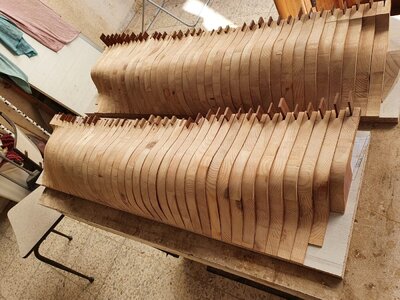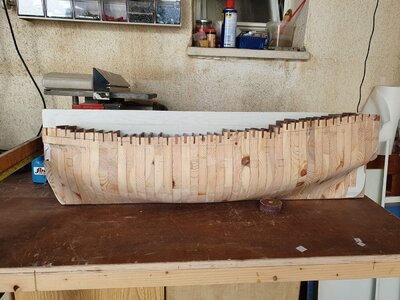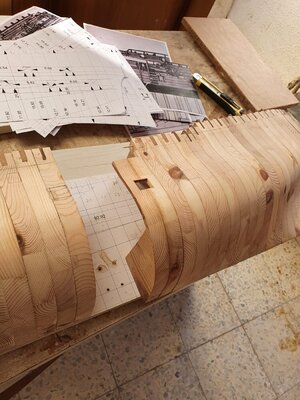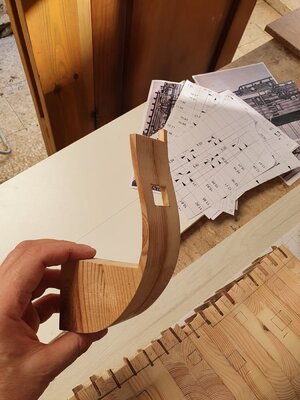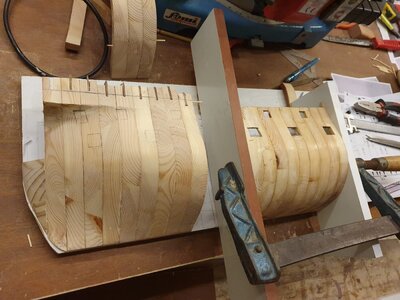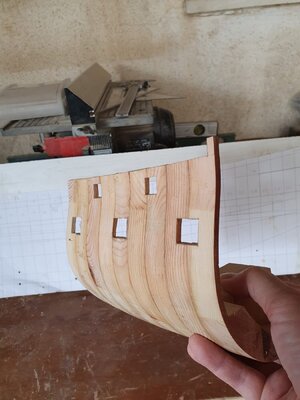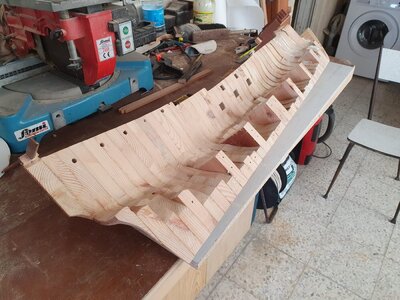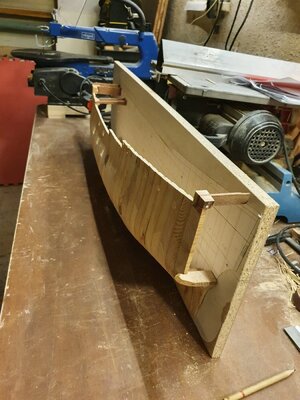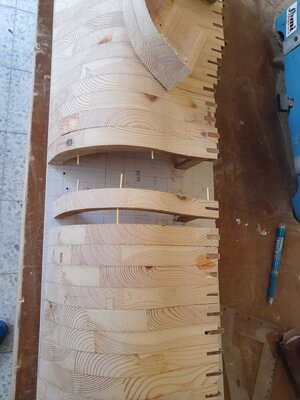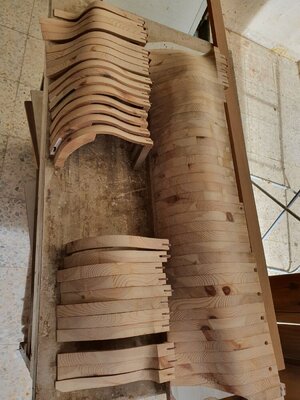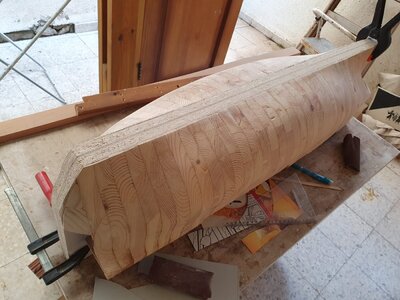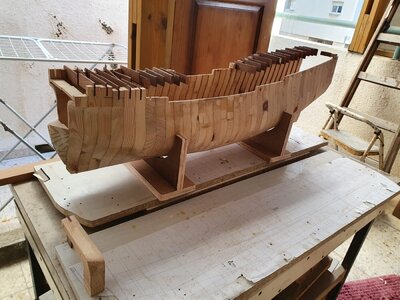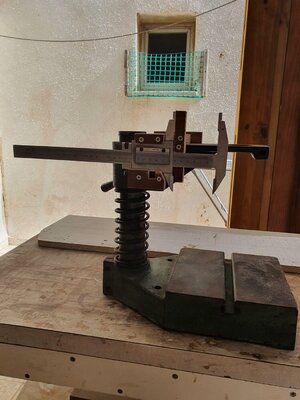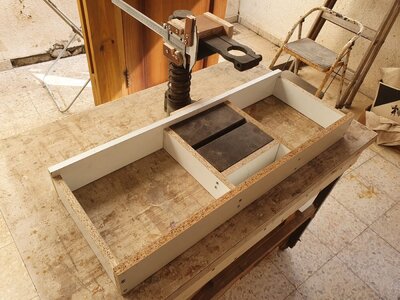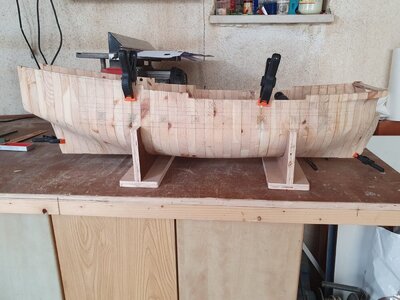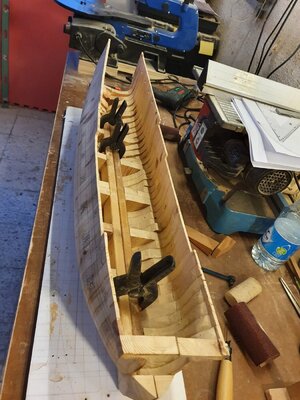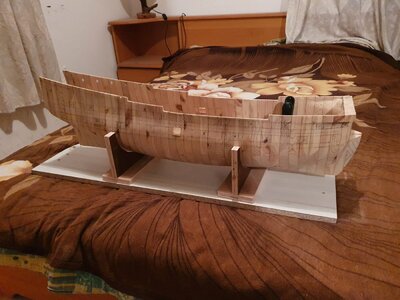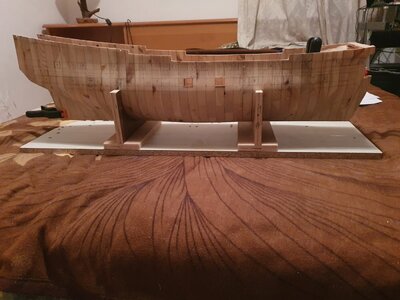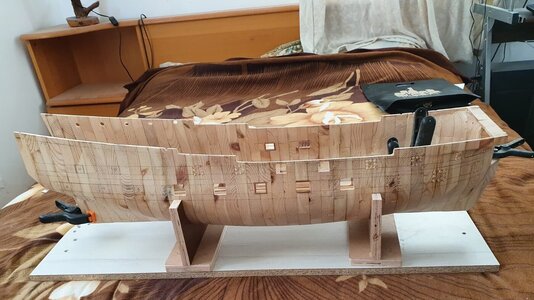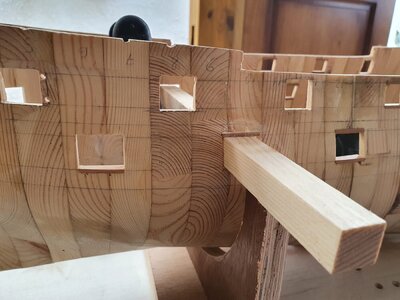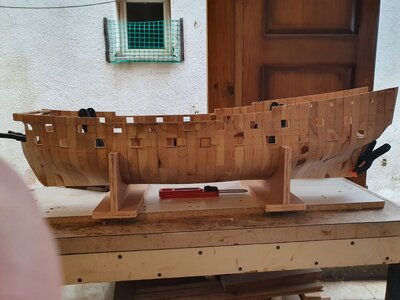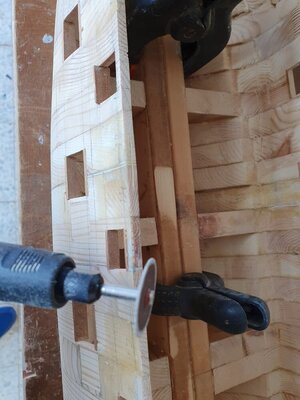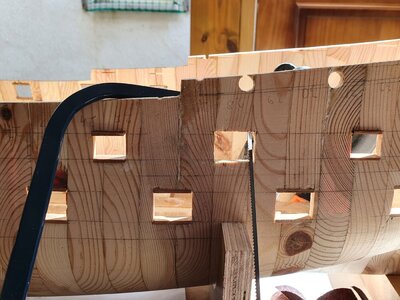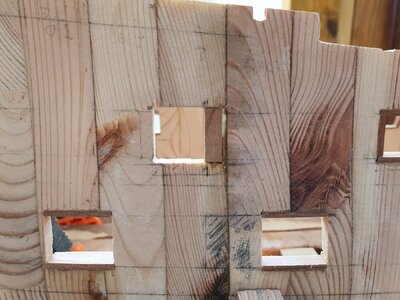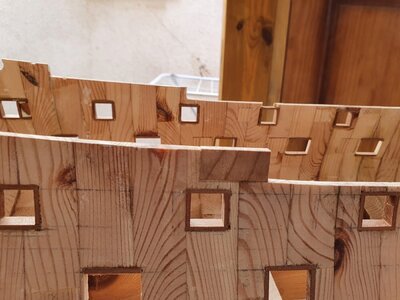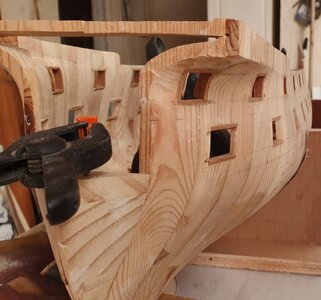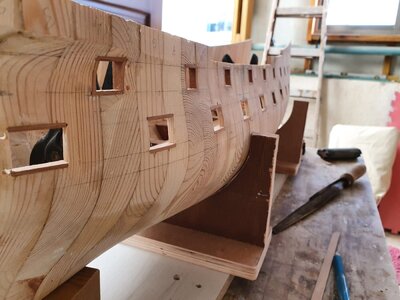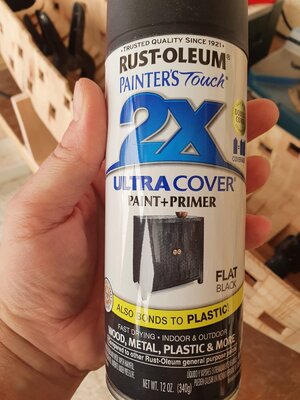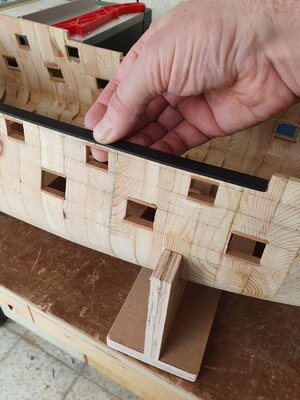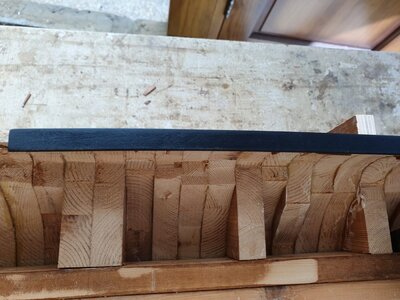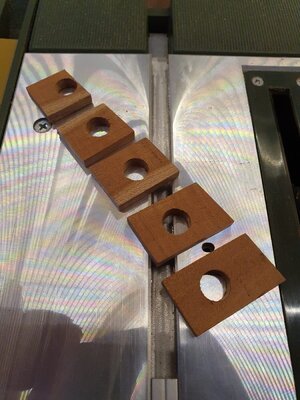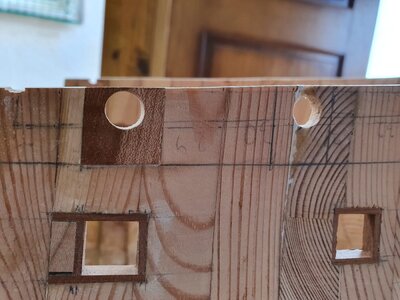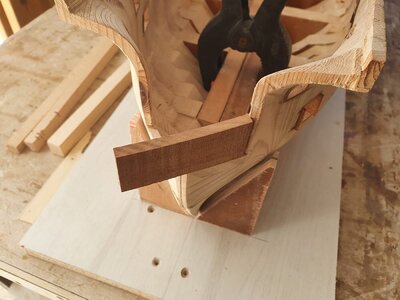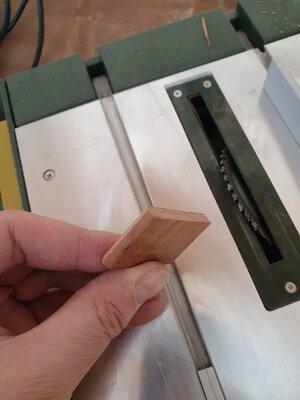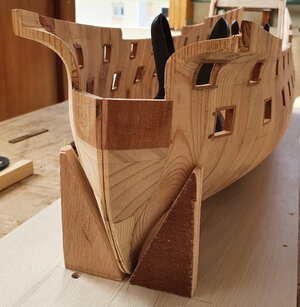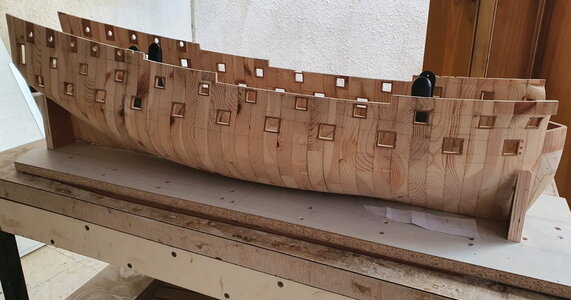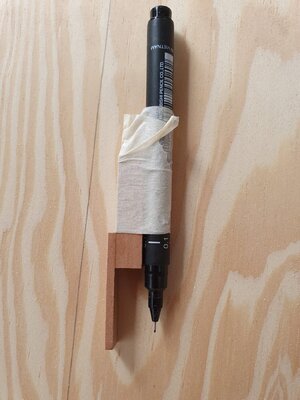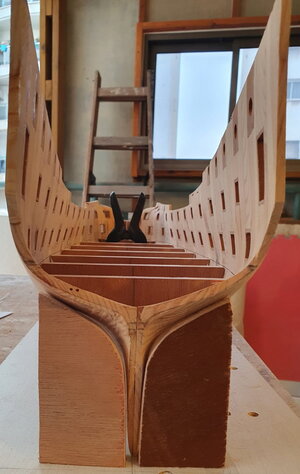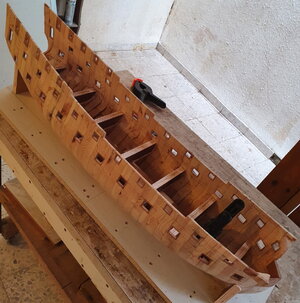- Joined
- Sep 7, 2020
- Messages
- 27
- Points
- 78

Hello friends!
Ever since i was a kid, i had a dream of building a model of a sailboat so that it is "just like a real one". And I really wanted it to be aesthetically similar to the Admiralty models of the 17th century. It's a pity that such an opportunity was given to me only now, although I have made timid attempts to do something from paper before - for example, trying to imagine what Peregrine Galley would look like before it was converted into a yacht.
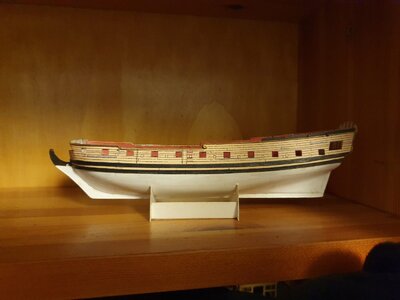
But that's a completely different story.
Building a wooden model was a frightening thing for me: the experience of working with wood was minimal and it was really scary to start the thing. But I really wanted to build something beautiful made of wood,
and even if I can't finish the ship, the process seems to me more important than the result.
By the way, great thanks to the participants of this forum for their work, which i took as an example, and especially to Andrey Kudin for his model building videos on YouTube,
which ultimately influenced my determination to start.
The choice of a prototype did not take much time - there were very few drawings of warships of the 17th century suitable for creating a model, and at the time the construction of the model began I didnt own the excellent book by Richard Endsor - The Master Shiprights Secrets with drawings of HMS Tyger, much more saturated with details, but on this forum
I have found Foxtrott's photos from Trinitiy House, that illuminated the missing details in the St Albans blueprints (for which I am incredibly grateful).
I intended to build the model according to the method of the Mikhail Bezverkhny, where the ship's body is built from halves that are assembled from separate transverse segments.
So - St Albans 1687 in 48th scale!
Ever since i was a kid, i had a dream of building a model of a sailboat so that it is "just like a real one". And I really wanted it to be aesthetically similar to the Admiralty models of the 17th century. It's a pity that such an opportunity was given to me only now, although I have made timid attempts to do something from paper before - for example, trying to imagine what Peregrine Galley would look like before it was converted into a yacht.

But that's a completely different story.
Building a wooden model was a frightening thing for me: the experience of working with wood was minimal and it was really scary to start the thing. But I really wanted to build something beautiful made of wood,
and even if I can't finish the ship, the process seems to me more important than the result.
By the way, great thanks to the participants of this forum for their work, which i took as an example, and especially to Andrey Kudin for his model building videos on YouTube,
which ultimately influenced my determination to start.
The choice of a prototype did not take much time - there were very few drawings of warships of the 17th century suitable for creating a model, and at the time the construction of the model began I didnt own the excellent book by Richard Endsor - The Master Shiprights Secrets with drawings of HMS Tyger, much more saturated with details, but on this forum
I have found Foxtrott's photos from Trinitiy House, that illuminated the missing details in the St Albans blueprints (for which I am incredibly grateful).
I intended to build the model according to the method of the Mikhail Bezverkhny, where the ship's body is built from halves that are assembled from separate transverse segments.
So - St Albans 1687 in 48th scale!
Last edited:




